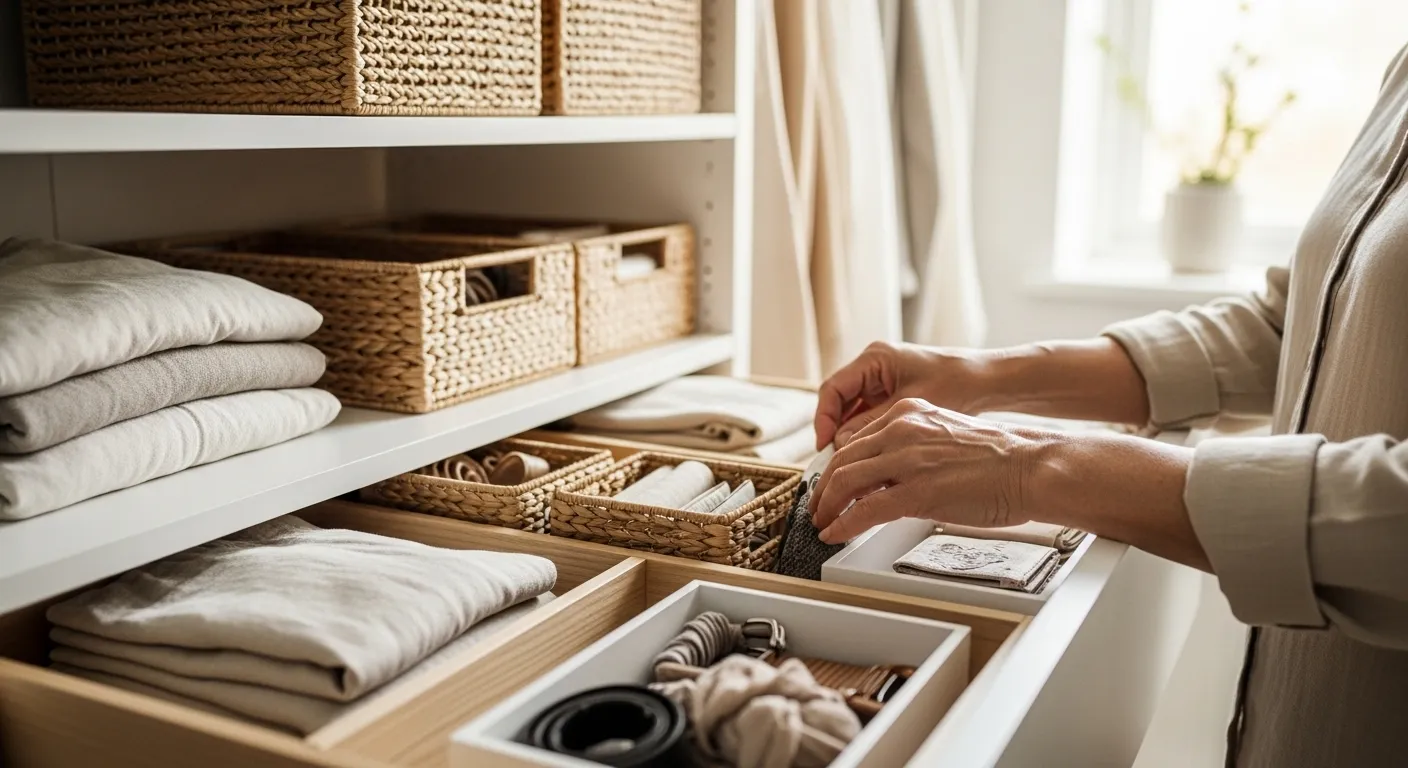
Frequently Asked Questions (FAQs)
How do I start decluttering when I feel completely overwhelmed?
The feeling of being overwhelmed is the biggest barrier to starting. The key is to think small. Do not think about decluttering your entire home. Don’t even think about decluttering an entire room. Pick one, tiny, manageable space. It could be a single drawer in your kitchen, the top of your nightstand, or one shelf in your linen closet. Set a timer for just 15 minutes and see what you can accomplish. This small victory will give you a sense of control and the motivation to tackle the next small space.
What if I live with someone who isn’t on board?
This is a common challenge. The most important rule is to focus only on your own belongings and on common areas. You cannot declutter someone else’s personal items without their permission. Start with your own closet, your side of the bedroom, or your hobby space. When your partner or family member sees the positive results—the calm, the ease of finding things—they may become more interested. Lead by example, not by pressure. For common areas like the living room, focus on shared goals: “Wouldn’t it be nice if we could always find the remote?” or “I’d love to make this space safer by clearing the floor.”
Is the KonMari method suitable for seniors?
Absolutely, with a few practical adjustments. The core principle of the KonMari method—asking if an item “sparks joy”—is a wonderful way to connect with your belongings. For seniors or anyone focused on simplifying, this can be adapted to “Does this item support the life I want to live today?” This shifts the focus from a past life to present needs and future comfort. The category-by-category approach can be tiring, so adapting it to a room-by-room or even a drawer-by-drawer method can make the process more manageable and less physically demanding.


















One Response
I wish y’all had a free app I could put on my tablet to help me with the decluttering and cleaning up my home. I am a senior sometimes frustrated with the “ move something from one place to another place” just to get that one area cleaned